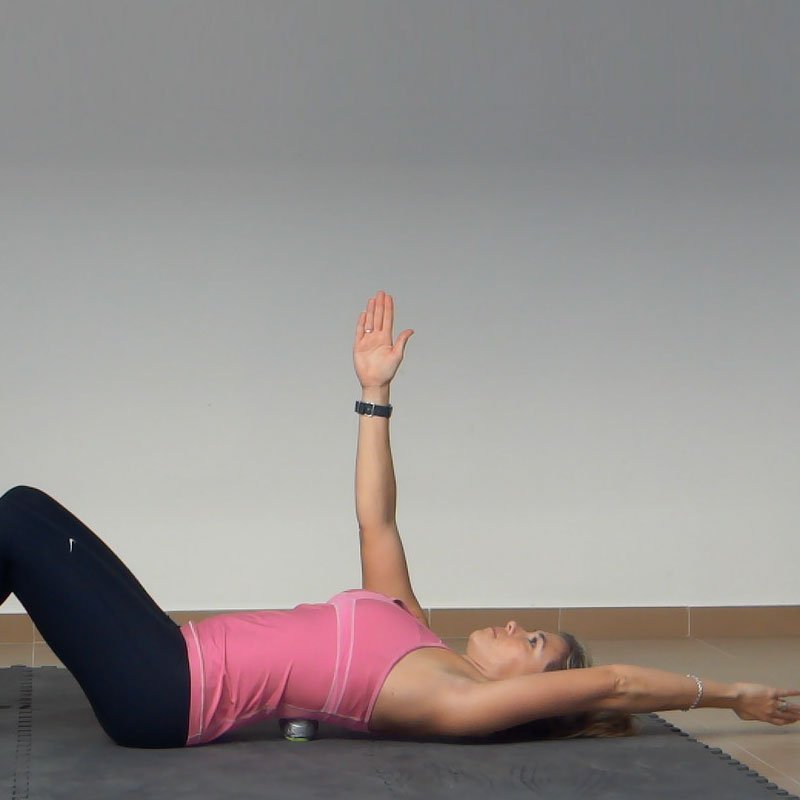

When pain in this area does occur it is often due to prolonged posture or injury causing the muscles or joints around this area to overwork and become painful. The thoracic spine tends to be very resistant to pain and injury. The thoracic area is designed for stability, to anchor the rib cage and to provide protection for vital organs within the chest.

2011 11(1):70–87.Thoracic pain is back pain that occurs in the “thoracic spine”, which is located at the back of the chest (the thorax), mostly between the shoulder blades. Evidence-based interventional pain medicine according to clinical diagnoses. Van Eijs F, Stanton-Hicks M, Van Zundert J, Faber CG, Lubenow TR, Mekhail N, et al. Percutaneous facet denervation in chronic thoracic spinal pain. The response to radiofrequency neurotomy of medial branches including a bipolar system for thoracic facet joints. Prevalence and characteristics of upper or mid-back pain in Finnish men.

Philadelphia, PA: Lippincott Williams and Wilkins 2018. In: Regional anesthesia and pain medicine, vol. Interventional Spine and Pain Procedures in Patients on Antiplatelet and Anticoagulant Medications (Second Edition): Guidelines from the American Society of Regional Anesthesia and Pain Medicine, the European Society of Regional Anaesthesia and Pain Therapy, the American Academy of Pain Medicine, the International Neuromodulation Society, the North American Neuromodulation Society, and the World Institute of Pain. Narouze S, Benzon HT, Provenzano D, Buvanendran A, De Andres J, Deer T, et al. Facet joint pain in chronic spinal pain: an evaluation of prevalence and false-positive rate of diagnostic blocks. Manchukonda R, Manchikanti KN, Cash KA, Pampati V, Manchikanti L. Comparative effectiveness of a one-year follow-up of thoracic medial branch blocks in management of chronic thoracic pain: a randomized, double-blind active controlled trial. Manchikanti L, Singh V, Falco FJE, Cash KA, Pampati V. Evaluation of therapeutic thoracic medial branch block effectiveness in chronic thoracic pain: a prospective outcome study with minimum 1-year follow up. Manchikanti L, Manchikanti KN, Manchukonda R, Pampati V, Cash KA. Comparison of intra-articular thoracic facet joint steroid injection and thoracic medial branch block for the management of thoracic facet joint pain. Lee DG, Ahn SH, Cho YW, Do KH, Kwak SG, Chang MC.
#Thoracic spine pain series#
Bipolar intra-articular radiofrequency thermocoagulation of the thoracic facet joints: a case series of a new technique. The source and the course of the articular branches to the T4-T8 zygapophysial joints. Joshi A, Amrhein TJ, Holmes MA, Talsma J, Shonyo M, Taylor AB. Radiofrequency denervation improves health-related quality of life in patients with thoracic zygapophyseal joint pain. The efficacy and safety of cooled-radiofrequency neurotomy in the treatment of chronic thoracic facet (zygapophyseal) joint pain. Patterns of pain induced by distending the thoracic zygapophyseal joints. The quantitative anatomy of the thoracic facet and the posterior projection of its inferior facet. Thoracic zygapophyseal joint pain patterns: a study in normal volunteers. Effect of pulsed radiofrequency treatment on the thoracic medial branch for managing chronic thoracic facet joint pain refractory to medial branch block with local anesthetics.

Thoracic spine pain in the general population: prevalence, incidence and associated factors in children, adolescents and adults.
#Thoracic spine pain update#
Diagnostic accuracy of thoracic facet joint nerve blocks: an update of the assessment of evidence. Systematic review of diagnostic utility and therapeutic effectiveness of thoracic facet joint interventions.


 0 kommentar(er)
0 kommentar(er)
